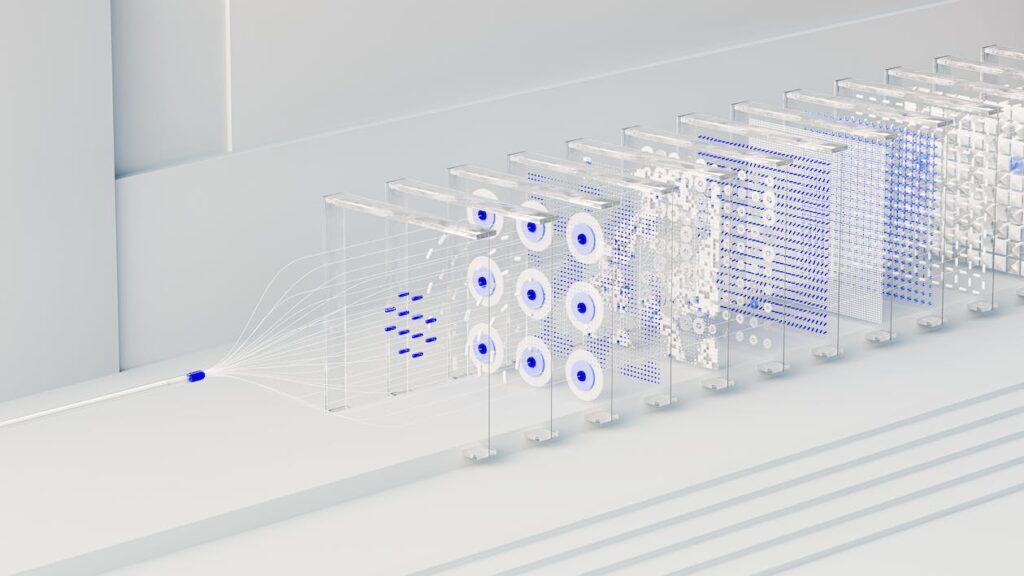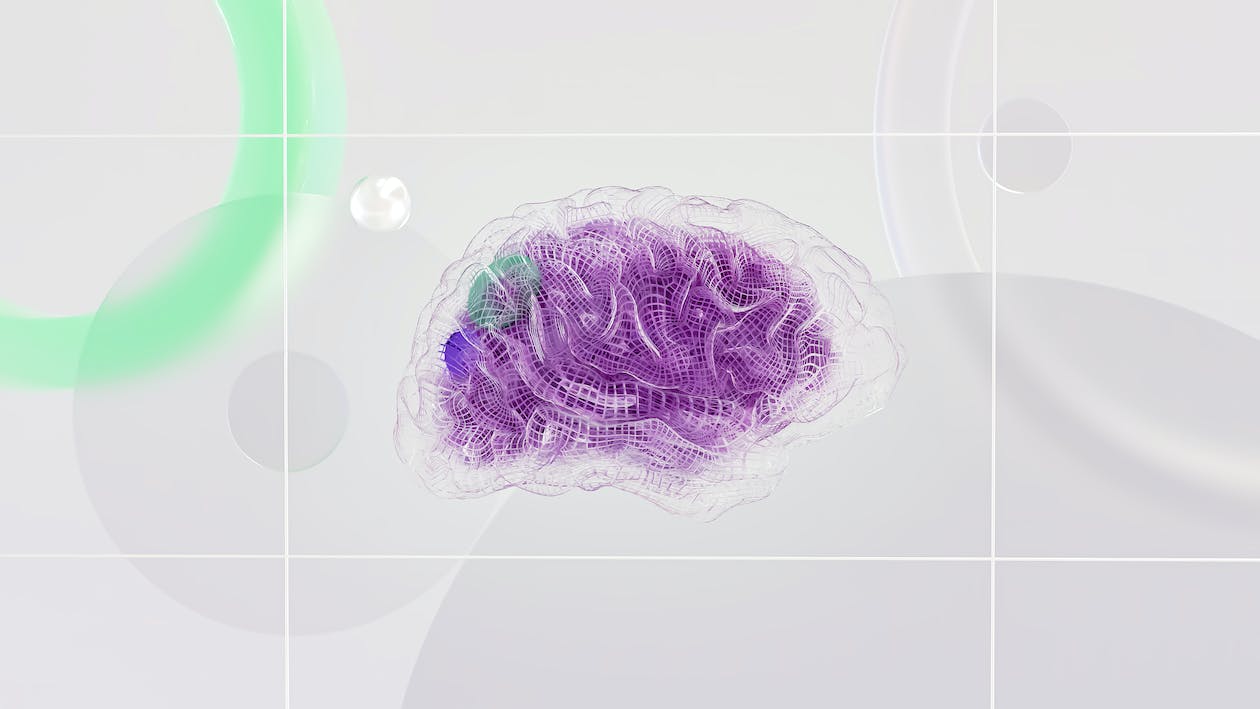Are you ready to embark on a journey into the captivating world of 3D visualization? Delve into an article that unfolds the evolution, innovation, and diverse applications of graphical modeling software. From industry giants such as Autodesk Maya to the dynamic world of open-source gem Blender, discover the tools that have transformed creative landscapes. Uncover the trends shaping the future, from real-time ray tracing to artificial intelligence integration. And it doesn’t stop at gaming and animation; architectural design and beyond benefit from these cutting-edge solutions. As your guide in this exploration, leadmanagement.reviews serves as your source for the best software reviews, ensuring you receive expert insights that inform your choices.
In the realm of design, architecture, gaming, and beyond, the power of 3D visualization has transformed the way we perceive and interact with virtual environments. Whether it’s visualizing architectural concepts, creating captivating animations, or crafting intricate product designs, 3D modeling has become an essential tool for creative professionals. In this article, we delve into the realm of graphical modeling software, exploring the leading solutions that offer innovative ways to bring ideas to life through immersive 3D visualization.

The Evolution of 3D Visualization:
The advancement of 3D visualization has been nothing short of astounding. Graphical modeling tools have evolved from their modest origins as sophisticated and specialized software available only to a select few to become more user-friendly, adaptable, and powerful than ever before. These technologies let users to precisely sculpt and control 3D objects, replicate real-world dynamics, and build immersive settings that go beyond the restrictions of 2D media.
Unveiling the Leading Graphical Modeling Software:
Autodesk Maya:
Autodesk Maya stands as a titan in the world of 3D modeling and animation. Renowned for its extensive toolset, Maya empowers artists, designers, and animators to create stunning visual effects, lifelike characters, and captivating animations. Its robust features, including advanced simulations and dynamic rigging, make it an industry favorite for film, gaming, and design professionals.
Blender:
Blender, an open-source powerhouse, has emerged as a favorite among 3D enthusiasts due to its comprehensive capabilities and cost-effectiveness. It offers a range of tools for modeling, texturing, rigging, and animation, catering to beginners and professionals alike. Its active community ensures continuous development and a vast library of plugins and add-ons.
Cinema 4D:
Cinema 4D is revered for its user-friendly interface and intuitive workflow. From modeling to rendering, it excels in creating intricate 3D scenes. Its integration with other software, along with features like MoGraph for motion graphics, makes it a versatile choice for professionals engaged in diverse creative projects.
Unity:
Unity, primarily known as a game engine, boasts remarkable 3D visualization capabilities. Its real-time rendering and immersive VR support empower designers and developers to create interactive and immersive experiences. With a focus on both design and interactivity, Unity finds its place not only in gaming but also in architecture, product design, and more.
SketchUp:
SketchUp, with its user-friendly interface, simplifies 3D modeling for architects and designers. Known for its quick learning curve, it enables users to create accurate and detailed 3D models of architectural projects. Its extensive library of pre-made models and extensions adds to its appeal.
The Future of 3D Visualization:
As technology continues to advance, the future of 3D visualization is filled with exciting possibilities. Real-time ray tracing, artificial intelligence-assisted modeling, and increased accessibility through cloud-based solutions are just a few trends shaping the landscape. Additionally, the integration of 3D visualization in virtual and augmented reality experiences is set to redefine how we interact with virtual spaces.
Conclusion:
Whether you’re a seasoned professional with years of experience etched into your portfolio or a budding enthusiast venturing into the captivating world of 3D modeling, the promise remains the same: to bring imagination to life. The allure lies not only in the tools’ technical capabilities but in their potential to translate dreams into tangible creations. They have become the conduits through which ideas transform into visual realities, where sketches metamorphose into breathtaking architecture, and characters spring to life with uncanny realism. Each line, each curve, and every meticulously designed element speaks volumes about the boundless ingenuity harnessed by these tools.
In the grand tapestry of creative evolution, 3D modeling stands as a resolute pillar, a testament to the fusion of human imagination and technological prowess. It’s a world where architects mold futuristic skylines, game developers forge intricate realms of adventure, and designers weave narratives through visual eloquence. As you stand on the threshold of this realm, you join a community of creators who share a common aspiration—to reshape the world through their imagination. These tools are not mere instruments; they’re enablers, catalysts, and champions of the extraordinary. So, whether you’re embarking on a new creative odyssey or adding another chapter to your creative journey, remember that within the realm of 3D modeling, the impossible transforms into the achievable, and the unimaginable becomes your canvas.



